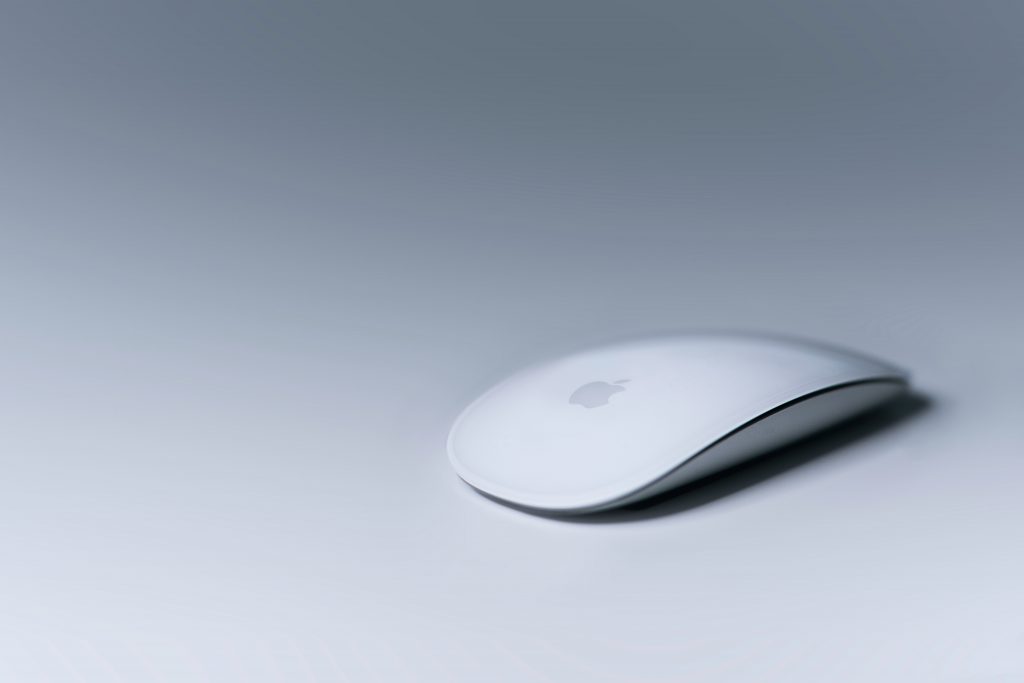Design Thinking Processes: An Introduction
Design thinking is a human-centered approach to problem-solving with its roots in design. Design thinking has gained popularity in recent years as a way to approach business challenges in a more creative and user-friendly manner. This type of thinking focuses on the needs of the user or customer and involves creating solutions that are both innovative and practical.

The design thinking process has five main stages: empathize, define, ideate, prototype, and test. Let’s take a closer look at each one.
Empathize:
The first step in design thinking is to put yourself in the user’s or customer’s shoes. This means trying to understand their needs and motivations. To do this, designers often use methods like interviews, observations, and surveys.
Define: Once you understand the user’s needs, it’s time to start defining the problem. This step involves identifying the root cause of the problem and crafting a statement that accurately captures it. This statement is known as a “point of view.”
Ideate: In this stage, the focus is on generating ideas for possible solutions to the problem. Brainstorming is often used during this stage to generate many ideas that can be evaluated later on.
Prototype: A prototype is a small-scale version of a proposed solution. It tests whether the idea will work in practice and get user feedback.
Test: The final stage is about testing the prototype with real users. This stage allows designers to gather data about how well the solution works and make necessary improvements before rolling it out on a larger scale.
Examples of How Design Thinking Processes Have Led to Success for These 4 Companies
1. Apple Inc.

One of the most successful companies in the world, Apple Inc., is no stranger to designing thinking. The company credits much of its success to its design thinking principles. For example, when developing the iPhone, Apple designers and engineers worked together to create an elegant solution that would meet users’ needs. The result was a game-changing product that has revolutionized the smartphone industry.
2. PepsiCo
PepsiCo is another company that has used design thinking to its advantage. In 2013, the company launched a global “Design for Good initiative.” The initiative was created to solve social and environmental problems through design-based solutions. To date, PepsiCo has helped provide clean water to more than 3 million people and improve sanitation for more than 2 million people through this initiative.
3. Mayo Clinic
The Mayo Clinic is a world-renowned healthcare organization that has used design thinking to improve patient care. In 2015, the clinic launched a program called “Human-Centered Design for Health“. The program aims to use design thinking principles to solve healthcare challenges. So far, the program has helped Mayo Clinic patients get better sleep, exercise more regularly, and eat healthier diets.
4. IBM
IBM is another company that has used design thinking processes to create innovative solutions. In 2017, IBM launched a global “Call for Code initiative.” The initiative encourages developers to use their skills to develop technology solutions that address natural disasters and humanitarian crises. To date, Call for Code has produced over 100 disaster relief applications used by organizations such as the Red Cross and UNICEF.
Design thinking is a powerful tool for solving problems in a user-centered way. By going through the five steps of empathizing, defining, ideating, prototype, and testing, you can arrive at creative solutions that are both practical and innovative. If you’re looking for a fresh perspective on approaching business challenges, design thinking might be for you.